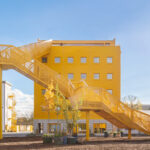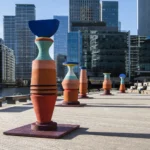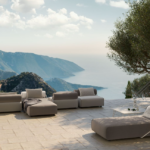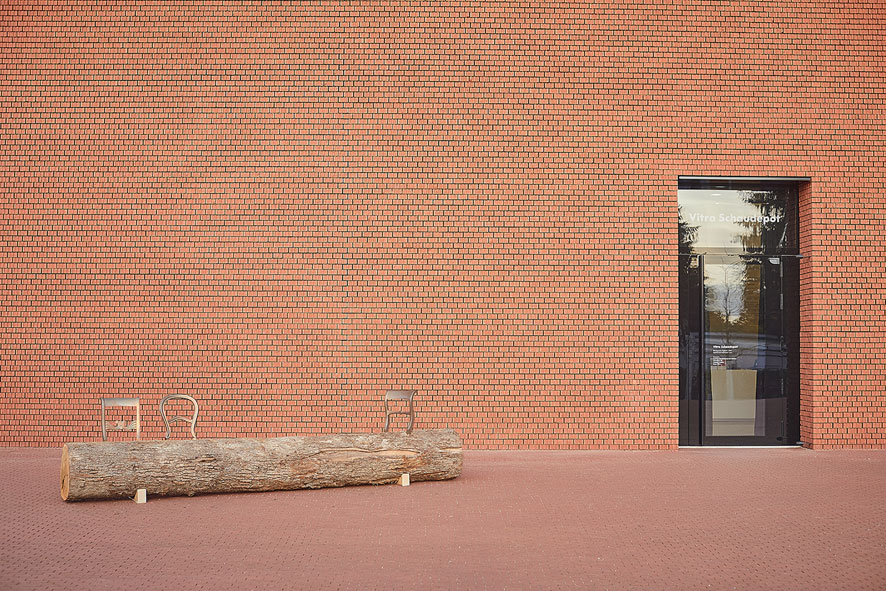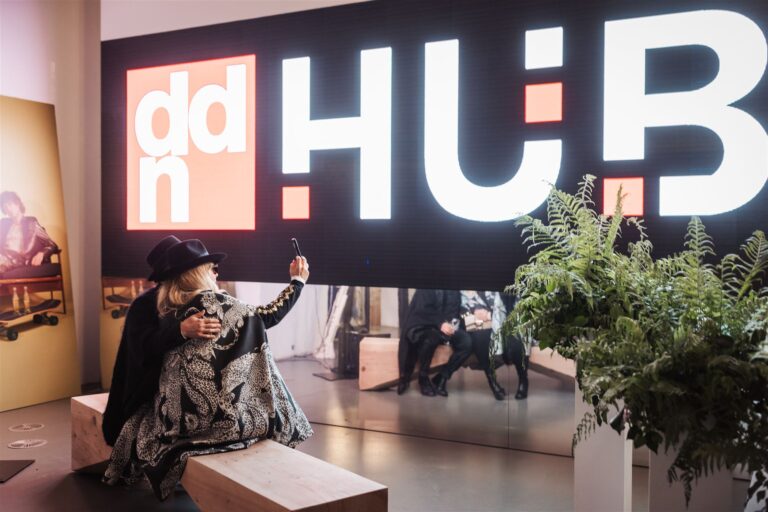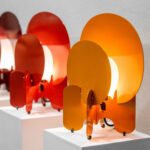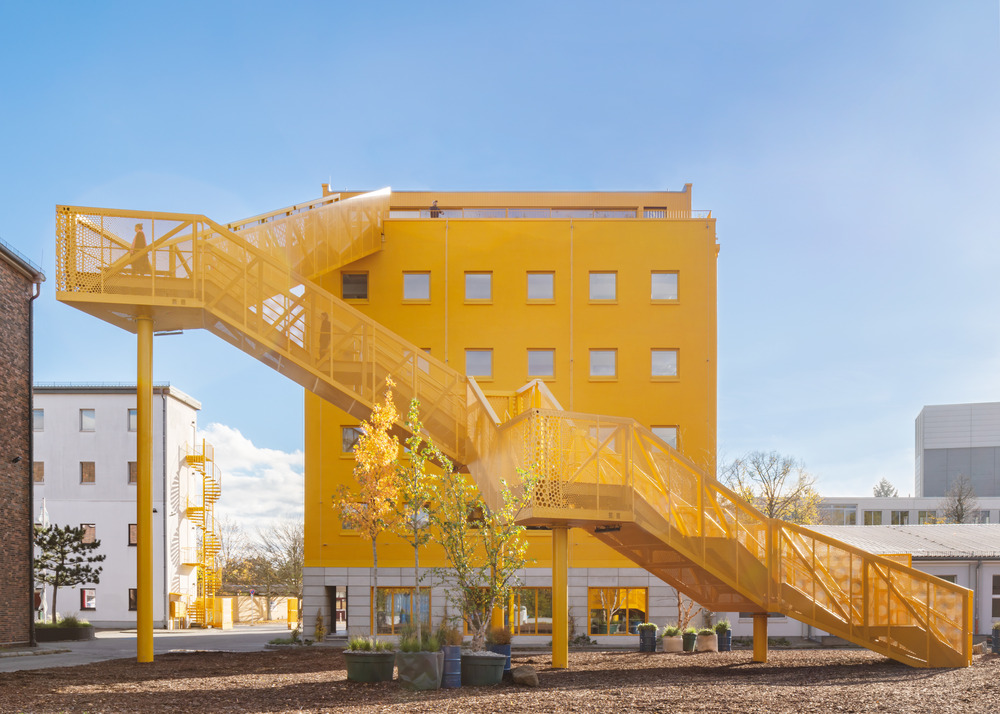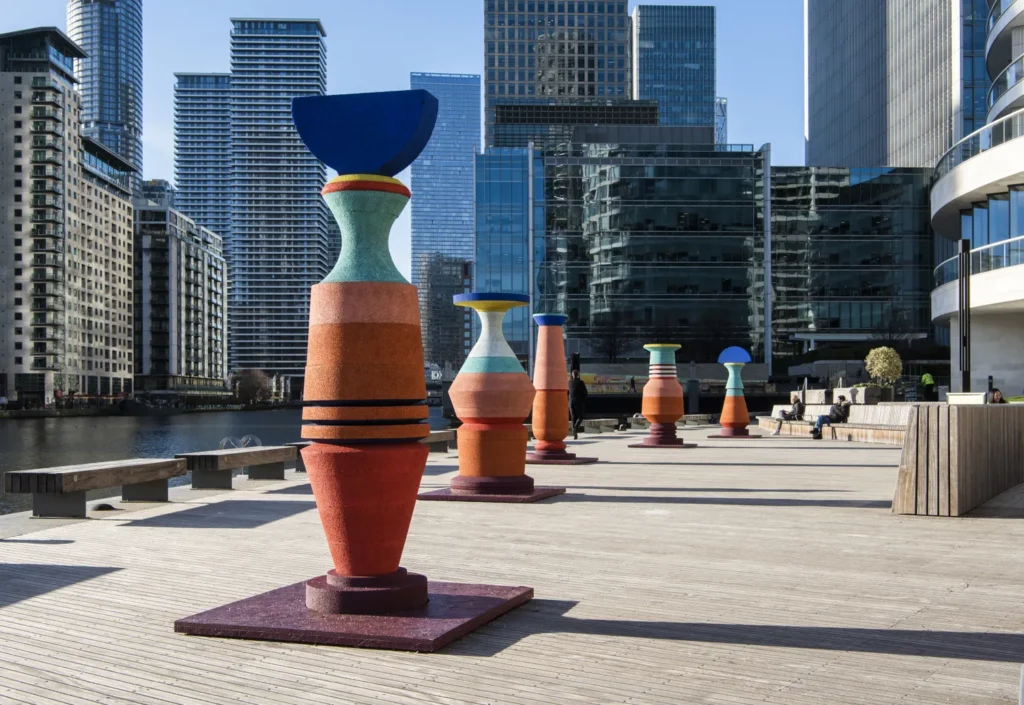An exhibition at the Vitra Design Museum retraces the history of design in the latest 30 years, following the fall of the Berlin Wall
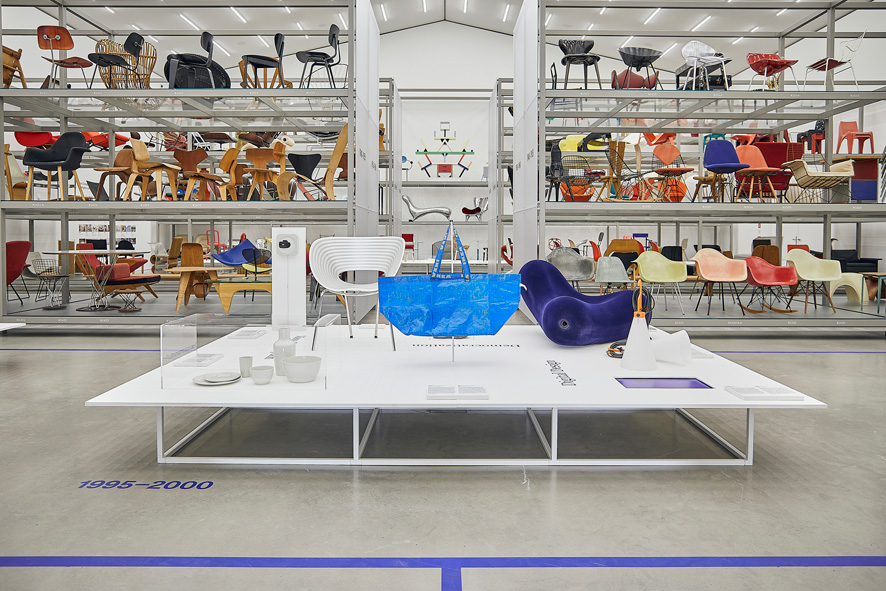
On November 9th, 1989, the Berlin Wall fell marking the end of an era and the beginning of the following. What has happened in the design field in the latest thirty years? The Vitra Design Museum presents an exhibition that explores the changes in the design field in the 30 years following the fall of the Wall titled “After the Wall: Design since 1989”, running at Vitra Schaudepot until February 23rd, 2020.
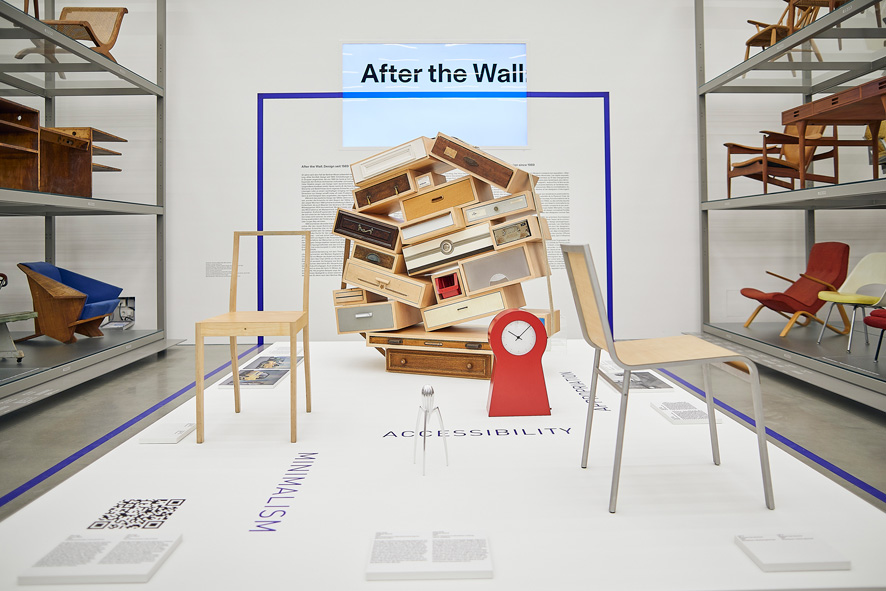
Thirty years of design: from minimalism to sustainability
These thirty years, which have passed by in the blink of an eye, are actually dense of events that have deeply changed our relationship with objects. In 1989 the first internet service provider was launched, while the first browser was released in 1993. In the ’90s Ikea became internationally renowned. Similarly, in the first half of the ’90s the thought that resources are not infinite started spreading and concepts such as recycling and reuse became increasingly familiar. After post-modernism in the ’80s, there was a return to minimalism with projects and products reduced to essentials.
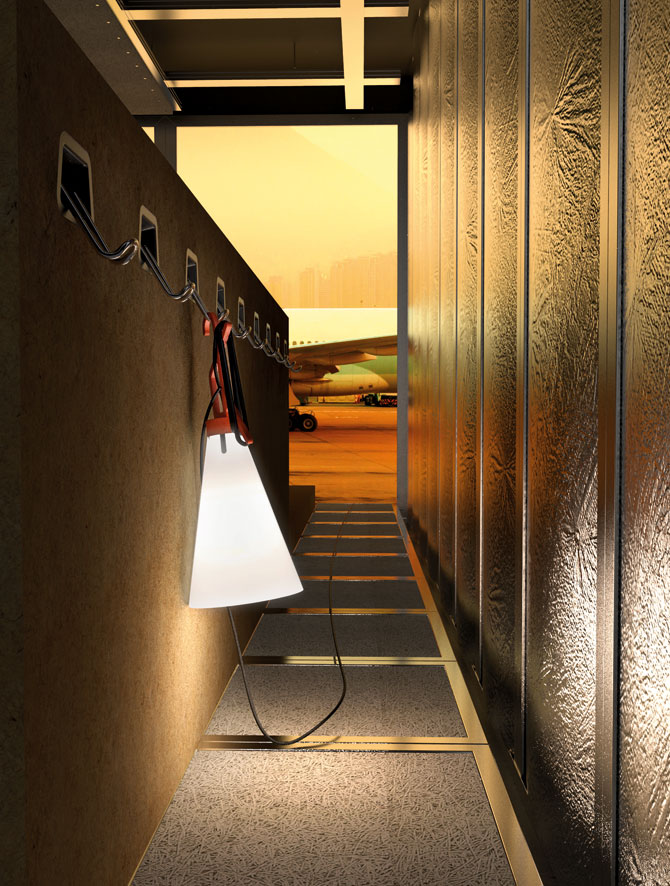
The exhibition showcases paramount furnishings from the ’90s, categorized by historical period. Jasper Morrison’s Plywood chair (1988) epitomizes this pursuit of a new minimalism. Similarly, Tejo Remy’s chest of drawers “You Can’t Lay Down Your Memory” (1991), built with drawers obtained from old dressers, is among the first examples of recycling and reuse, by the Dutch collective droog design. Minimalism characterizes also Maarten Van Severen’s CN II chair (1992) and the most successful products by Ikea, which consolidated its global success in the ’90s.
After the 2000s
In the 2000s the first experiments in 3D printing took place, such as Patrick Jouin’s Solid C2 chair (2004), and since 2010 sustainability has established its role. The latter period is characterized by the 111 chair by Emeco, built with 111 recycled Coca-Cola PET bottles, the Well Proven Chair by Marjan van Aubel amd James Shaw (2012) that combines bio resin with wooden chips, and the Recycled Carbon Chair (2016) by Marleen Kaptein, made from carbon fiber waste.
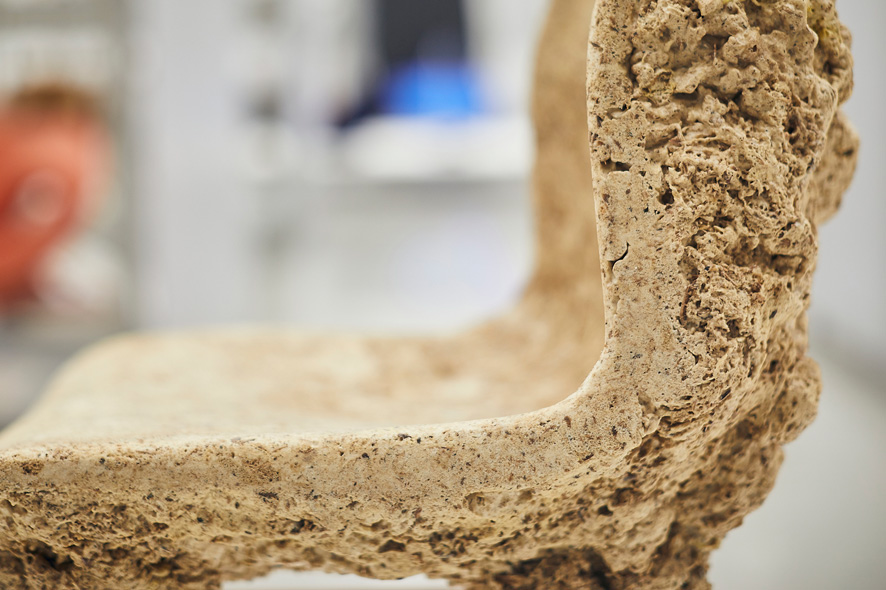
Of course furniture plays an important role, however, since the 2000s design has evolved in every field, especially informatics. From the first emojis, designed in 1988/89 for Japanese mobile provider Docomo, to the first iPhone, Time magazine’s invention of the year in 2007, design has become increasingly immaterial. Nowadays, design, as in its original meaning, has become a process again, not a product. In the latest years, many objects are simple reinterpretations and improvements of existing objects, a trend emerging also from specialized researches.
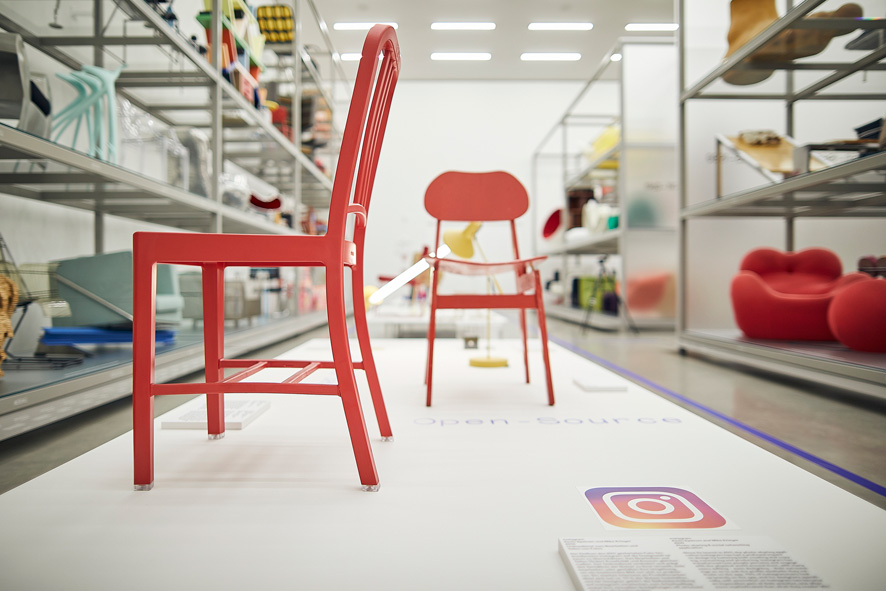
Hence the question around which the exhibition revolves: “How does our consumer behavior influence the world we live in? And, above all, what will be the next big thing in design?” [Text Roberta Mutti]
After the Wall: Design Since 1989, Vitra Design Museum
Curated by Erika Pinner
Until February 23rd, 2020
Vitra Schaudepot – Weil am Rhein, Germany
Vitra Design.Museum.de

